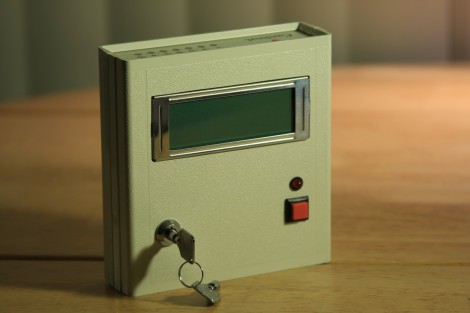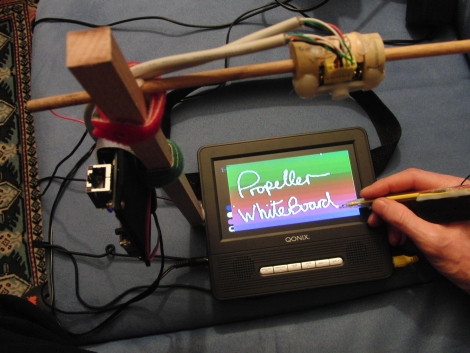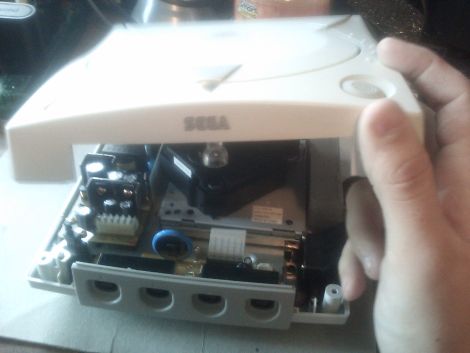
[paulgeering] has a set of 10 video projectors, usually found inside Sony’s RVP 4010Q 40″ rear projection system that he must get rid of. He is offering them up for free to any Hack-a-Day reader that is interested. He doesn’t have the room to store them any longer, but he can’t bear to see them go into the trash. These projectors can still be found for sale online to the tune of $3500 apiece, making this an incredible bargain!
All he requests is that you either pick them up or pay for shipping from the UK. He is willing to part out the projectors and ship individual parts if requested.
If you do end up having one of these shipped to you, be sure to keep us posted on what you do with it. We would love to see some giant video wall hacks in the near future.
If you have something lying around that needs to go, be sure to post it in our classifieds.
















